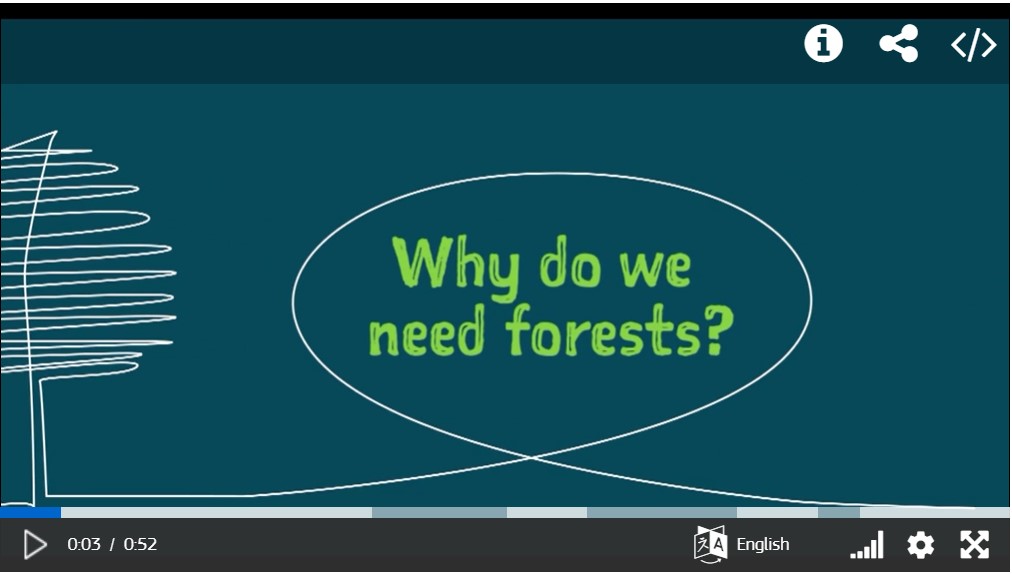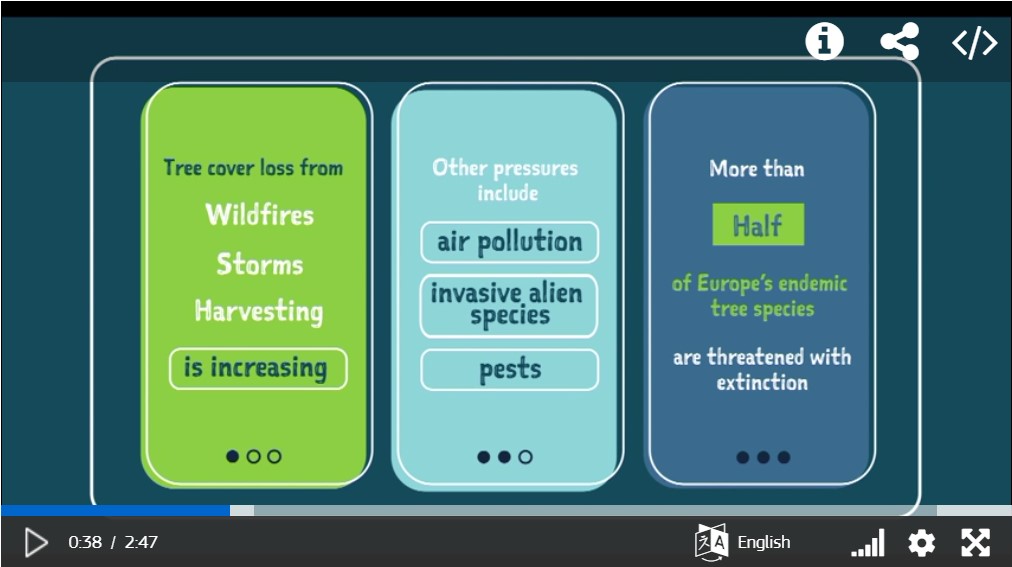Why do we need forests?
As huge reservoirs of biodiversity, forests play an irreplaceable role in our daily life. They prevent biodiversity loss, reduce greenhouse gas emissions and are a key element for the green growth economy. However, the state of EU forests is deteriorating, but the EU is committing to protecting them through three targeted policy initiatives.

Forests: a cornerstone of biodiversity and climate protection
Up to 84% of protected forests are in an unfavourable or inadequate status. The resilience of EU forests is threatened and this calls for urgent forest protection measures. The EU is addressing the threats posed to forests through various actions, such as the European Green Deal, the EU Forest Strategy, and the EU Biodiversity Strategy for 2030.
